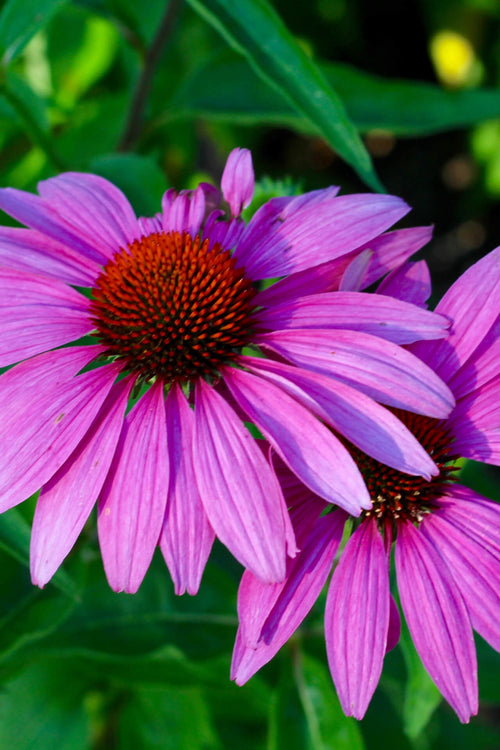When learning how to grow carrots, it is always best to know what soil nutrients you need to develop a particular vegetable.
Knowing how to grow carrots is no different than learning how to grow any other vegetable, but it takes time and patience. If you’re someone who loves carrots, then try growing some yourself. Carrots are great for eyesight and go great in salads and stews. You’ll also get the satisfaction of eating carrots that are not laced with pesticides and possibly genetically modified when buying from the supermarket.
Carrots do well in cold climates and can be grown almost anywhere in the country. Carrots grow in natural elements, so when using manure, make sure it is not fresh but molted and well-rotted. PH balance should be anywhere from 5 to 7, and if you are not sure how to test soil levels, stop by your local nursery to get soil tips and anything extra that can help you with your carrot-growing endeavors. If using compost materials, never use plant materials that are diseased since they can contaminate your carrots.
The soil needs to be fertile and moist when learning how to grow carrots.
Dig deep holes and clear out roots or rocks that could hamper growth. At least twelve inches underground is a good room for your carrots to grow. Any object blocking your carrot’s growth underground can deform your carrots. Be sure to keep a lookout for underground creatures like earthworms and grubs.
Lace your soil with organic pesticides that are not harmful to your garden and carrots. However, be careful in dousing your garden with any chemical regardless of its natural properties. Be on the lookout for weeds that can choke your carrots and the entire garden.
An organic weed killer is an option, or you can hand pull any oncoming weeds, but be sure not to disrupt the soil bed too much. For fungus issues, use natural substances like potassium bicarbonate to prevent fungal growth and to stop any fungal infections in your garden.
In learning to grow carrots, it is essential to know that seeds germinate in around three weeks, and be sure to sow your seeds deep in the soil. When planting, space carrots one or two inches apart and fill your garden bed with a row of five to ten carrots each.
That will give suitable room for your carrots to grow; Not much watering is needed during the first eight weeks. The harvesting season is usually well into the springtime. If your carrots can survive the winter, you are in good shape when spring arrives, and most likely, they will have no problems surviving winter since they are adaptable to colder climates because of their complex structures. Extract the carrots by pulling on the leafy stems.
Learning how to grow carrots takes the same amount of work as any vegetable would. Still, carrots are more manageable since they are better suited for cooler temperatures and are easy to harvest. To learn how to grow carrots, you’ll gain the satisfaction of becoming self-sufficient while getting the nutrients you need.



















































